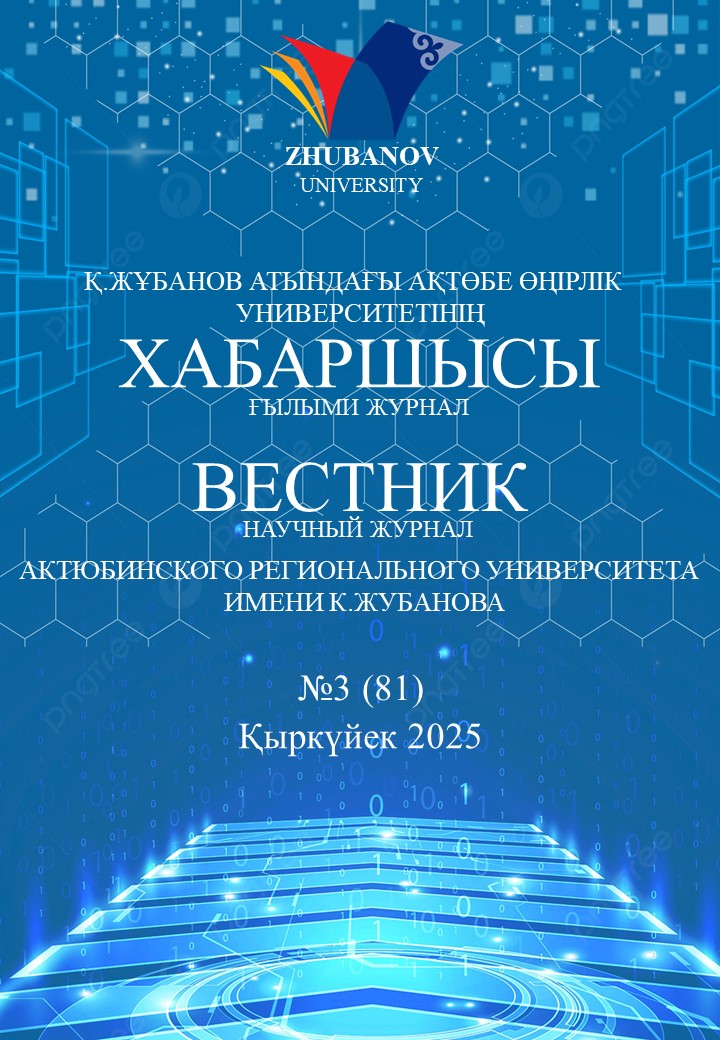In the context of expanding digitalization and the development of inclusive educational policies, there is a growing need to adapt the informatics curriculum for students with special educational needs (SEN). This article explores approaches to designing an inclusive informatics learning process using digital educational resources, interactive tasks, and artificial intelligence technologies.
Particular attention is given to the creation and testing of a digital educational resource and a collection of adaptive tasks for children with visual and intellectual impairments. The article presents the stages of integrating the resource into the educational process, methods for adapting the tasks, and the results of a pedagogical experiment conducted in an inclusive classroom setting.
The study analyzes methods for diagnosing learning achievements and motivation, including the “Success Ladder” and projective techniques. It also examines tools that enhance learning accessibility: voice prompts, visual interfaces, adaptive design, and multimedia materials.
Practical recommendations are proposed for developing digital solutions for inclusive informatics, focusing on universal design for learning and the individualization of educational pathways.
The results obtained may be useful for teachers, methodologists, and developers of digital educational products working in the field of inclusive primary and secondary education.
BAIGANOVA A.M.
Candidate of pedagogical sciences, docent, Aktobe Regional University named after K. Zhubanov, Aktobe, Kazakhstan
E-mail: altynzer_70@mail.ru, https://orcid.org/0000-0001-5717-8422
NARYMBAEVA M.A.
Master’s student, Aktobe Regional University named after K. Zhubanov, Aktobe, Kazakhstan
E-mail: madina_n93@mail.ru, https://orcid.org/0009-0002-5948-3185
- W3C Web Accessibility Initiative. Web Content Accessibility Guidelines (WCAG) 2.1 – Access mode: https://www.w3.org/TR/WCAG21/, free. – Title from screen.
- Burgstahler, S. Creating Inclusive Learning Opportunities in Higher Education: A Universal Design Toolkit / S. Burgstahler. – Seattle: DO-IT, University of Washington, 2019. – 124 p.
- Edyburn D. L. Inclusive Technologies: Tools for Helping Diverse Learners Achieve Academic Success / D. L. Edyburn. – Arlington: CEC Publications, 2013. – 176 p.
- Нуртазина, Ж. К. Инклюзивное образование в Казахстане: современные вызовы и перспективы развития / Ж. К. Нуртазина // Специальное образование и коррекционная педагогика. – 2022. – № 4(56). – С. 44–49.
- Петров А.Ю. Цифровая грамотность и инклюзия в образовательном процессе / А.Ю. Петров. – 2022.
- Официальная документация LearnPress – Режим доступа: https://learnpress.io/, свободный. – Загл. с экрана.
- Поляков А.Н. Методы диагностики и коррекции познавательной деятельности у детей с ЗПР / А.Н. Поляков. – Екатеринбург: Уральский университет, 2017. – 184 с.
- Шевченко С.В. Инклюзивное образование: технологии обучения и сопровождения детей с особыми образовательными потребностями / С.В. Шевченко. – М.: Дрофа, 2020. – 320 с.


